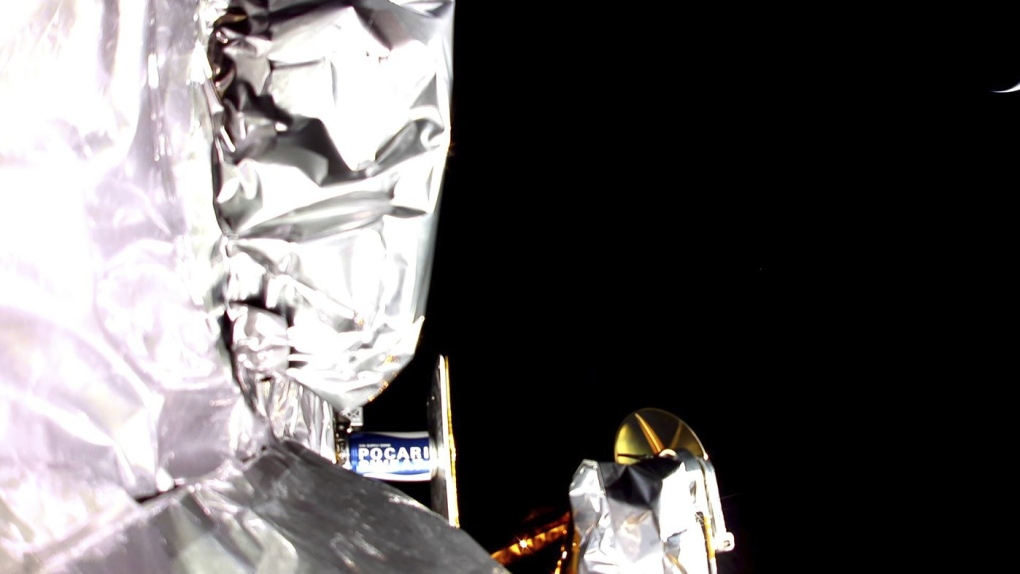If you use soft plastic fishing lures when spending a day on the water, you might want to change it up.
A study published this summer in the journal Science of the Total Environment suggests soft plastic lures are leaching water-soluble plastic additives.
“The research team, we are all quite avid anglers,” said Markus Brinkmann, associate professor in the school of Environment and Sustainability, and director of the Toxicology Centre at the University of Saskatchewan.
“When you use these kinds of materials in the environment, every now and then you snap one off. Every now and then, every other trip or so, you lose a lure. And, then the big question to us was, what happens with that material?”
The team selected 16 common soft plastic lures and performed chemical and bio-analytical tests for leaching of phthalates and hormone-mimicking chemicals.
“There are things in there that you would expect in plastics such as plasticizers that keep them soft and wiggly,” said Brinkmann. “But also silicone oils, these kinds of things that help them stay separated in the bag when you buy them.”
Brinkmann says 10 out of 16 lures leached phthalates, and bio-analytical testing showed the presence of xenoestrogens in one lure. Xenoestrogens are synthetic chemicals that mimic natural estrogen and can potentially bind to receptors in the body.
“One of the issues with this chemical release is certainly that over prolonged periods of time and with the sheer amount of material that might be released by anglers, that you do get ecologically relevant impacts on wildlife,” he said. “Our study didn’t quite focus on that. That would be sort of the next steps in this research. To really do a risk assessment and see, in the big scheme of things, how much of this material is really releasing into the environment?”
But Brinkmann says survey data from European anglers showed there is awareness and an appetite for alternatives.
“They’re concerned with the potential environmental impacts, also human health impacts when they handle them,” Brinkmann told CTV News.
“They wish for better alternatives but don’t see any at this point. So I think the fishing community here in this case is really willing to look at the next alternative.”
Staff at The Fishin’ Hole in Saskatoon say the type of lure anglers use depends on the type of fish they’re trying to catch. For larger fish they say it’s more common to use metal spinners and spoons, but smaller species may be more likely to bite on a soft plastic lure.
Brinkmann says the study aimed to raise awareness as well as identify possible alternatives or push for regulation changes, as there aren’t many plasticizer-free soft plastic lures on the market currently.
“I think we now need to look towards the manufacturers, towards regulators to also make these steps and offer that on the market.”
Soft plastic fishing lures as a potential source of chemical pollution – Chemical analyses, toxicological relevance, and anglers’ perspectives was published in Science of the Total Environment on June 15, 2024.




